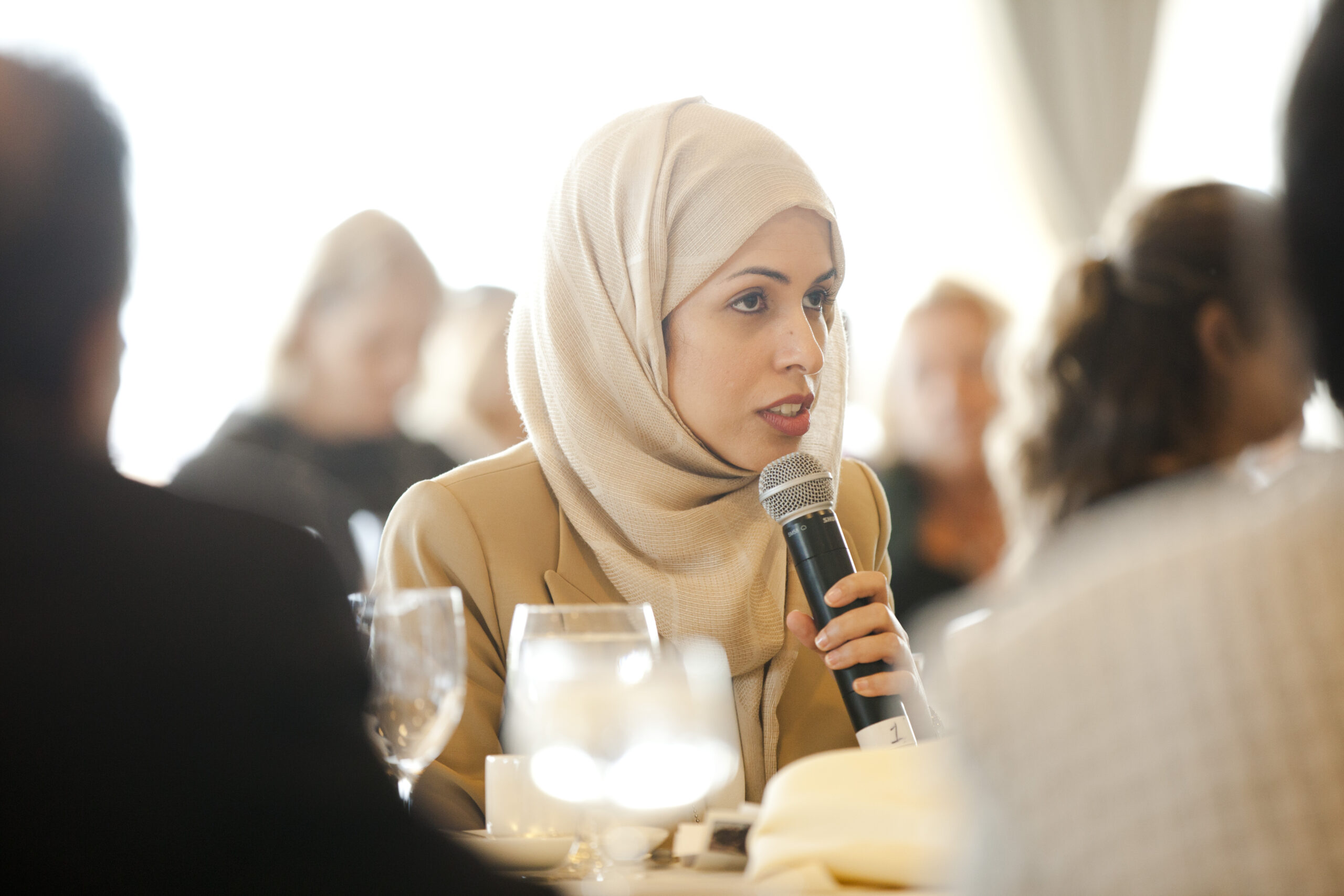Photo credit: U.N. Women
Context:
Women are underrepresented in peace talks. Peace Science shows how women’s inclusion in peacebuilding is crucial to the success and longevity of peace agreements and insight from Foreign Policy shows how the United Nations can work on inclusion.
In the News:
“To date, women are vastly underrepresented in formal peace negotiations, where they make up only 2 percent of mediators, 5 percent of witnesses and signatories, and 8 percent of negotiators. When belligerents sit down to bargain an end to a war, in other words, women are still overwhelmingly shut out. That’s a major problem. Beyond the fact that women deserve an equal hand in shaping their societies, it is also true that their participation leads to better outcomes. Studies find that when civil society groups and women’s groups are included in negotiations, resulting peace agreements are 35 percentmore likely to last at least 15 years. That is huge, considering that settlements break down more often than not. A more gender-balanced process enhances local trust and buy-in, injects legitimacy into the process, and increases the chances that problematic social norms and power imbalances that contributed to the conflict will be rectified.”
“Connecting the formal and informal tracks is essential to ensure that women’s voices are heard at every stage of the negotiating process. Doing so will enable the ideas, aspirations, and goals of those excluded from formal politics to reach the warring parties. As Guterres said: ‘Mediating an end to today’s complex conflicts means we must bring all these tracks together, in a coordinated way.’ The responsibility for doing so lies first with mediators, who wield considerable power to influence the dynamics of peace negotiations. In some cases, they’ve taken up the challenge. For example, during the Guatemalan peace process in the mid-1990s, a mechanism called the Civil Society Assembly famously served this purpose, elevating the voices of civilians to the negotiating table. Women used the channel to advocate for land reform and development assistance, in an effort to redress inequalities that may have sparked or exacerbated the war.”
“Similarly, those mediating between the Revolutionary Armed Forces of Colombia (FARC) and the Colombian government in the last decade arranged for both parties to meet regularly with women’s and civil society groups. They successfully lobbied for the inclusion in the final peace deal of provisions to address gender inequality, victims’ rights, and reparations. As a result, the agreement went beyond addressing the combatants’ interests. It advanced justice and offered restitution for human rights violations endured during the war.”
“Meaningful peace settlements are like this. They don’t just ensure an end to gunfire. They also encourage justice, opportunity, and equality—all elements that can prevent a reignition of war.”
Insight from Peace Science:
- When women are included in peace negotiations, the agreement is 64% less likely to fail, and long-term agreements are 35 % more likely to last for at least 15 years.
- “While the international community stresses the importance of including women at the peace table so peace processes will better represent their needs and interests, it is unclear what specifically this inclusion entails. Do women need to be negotiators, mediators? Do peace agreements adequately represent women’s interests when women are included?”
- “A woman-focused examination of all civil war peace processes reveals that less than 10% meet women’s inclusion as envisioned in UNSCR 1325…What emerges are three joint necessities: an explicit women’s agenda; access to the peace process; and advocacy within the process. The final sections problematize how even in all of these positive cases women had to fight to participate.”
References:
-
“Women Are the Key to Peace” By Melanne Verveer and Anjali Dayal for Foreign Policy. November 8, 2018.
- Peace Science Digest (forthcoming). Ellerby, K. (2016). “A seat at the table is not enough: understanding women’s substantive representation in peace processes”. Peacebuilding, 4(2), 136-150.

